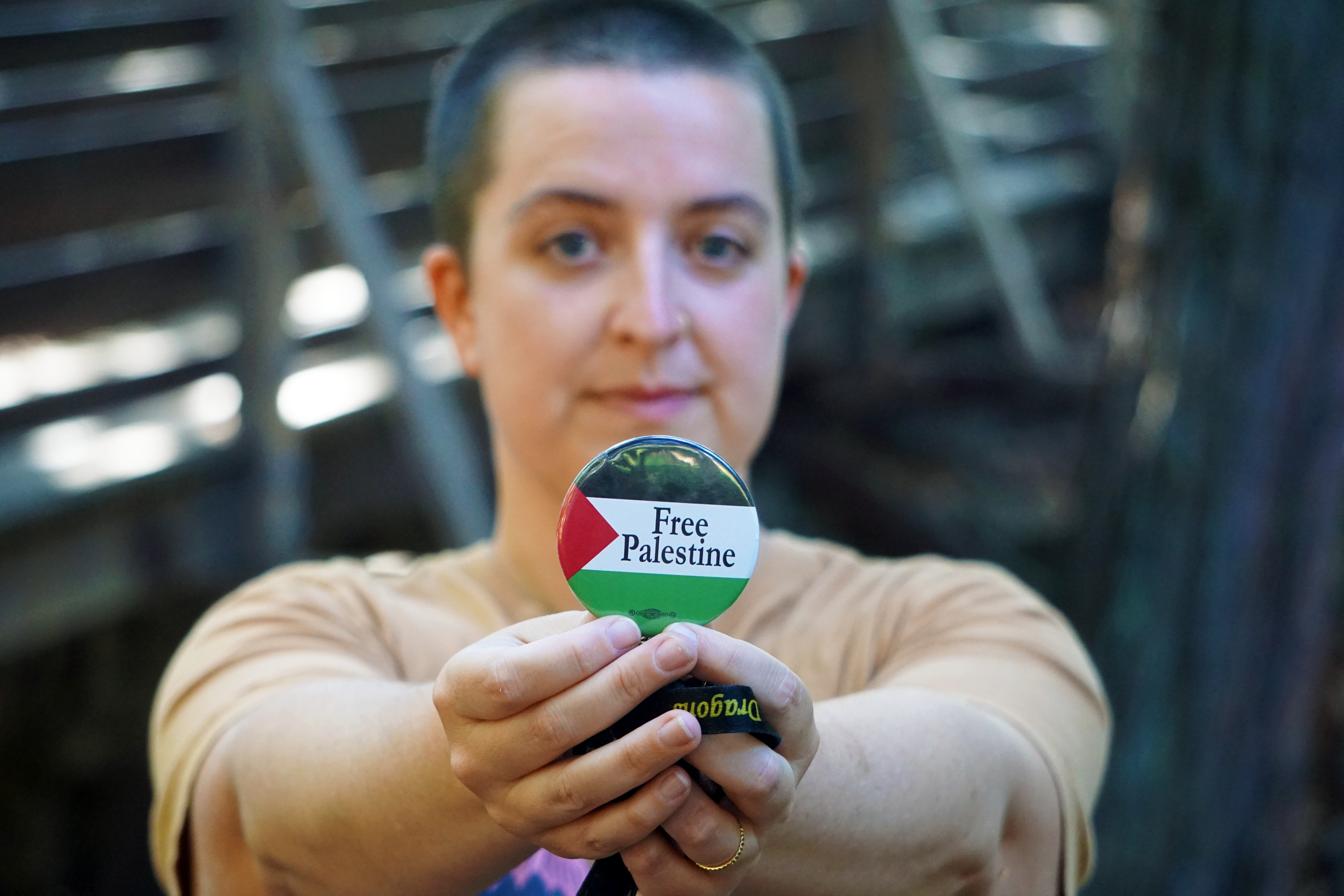Recent inspections have uncovered problem welds and crack-prone steel on the now-shuttered $2.2 billion Transbay Terminal transit hub, NBC Bay Area’s Investigative Unit has learned.
The new problems come as Transbay officials have been working to satisfy a peer panel, convened after the discovery of giant cracks in beams in October.
Transbay officials say that tests of the steel used for those girders found the material was especially prone to cracking. The already crack prone material failed, they say, after the steel fabricator left rough edged cuts in the steel. Such edges, when not ground smooth, can easily foster cracks.
At meeting of a Transbay cost oversight board on Friday, building officials said that while the problem beams found last year have been reinforced, they still can’t say when the peer review panel will give its blessing on reopening the building.
“We’re not done yet,” said Transbay Executive Director Mark Zabaneh after Friday’s meeting.
“Once the peer review panel is satisfied with the effort and the results, we will announce an opening date.”
The apparent delay comes as NBC Bay Area’s Investigative Unit has learned that during inspections of nearly 50 different types of welded connections crews found at least three areas of weld defects and steel inconsistencies.
Local
Sources say the problems were found in so-called jumbo columns that hold up the multi-story structure and its rooftop park.
The concern is that the new issues strongly resemble the problems blamed for the cracks in the support beams last year – specifically low toughness, the property that makes steel resistant to cracking.
“That was one of the reasons why there was a failure on the structure to begin with,” said Randy Rentschler, a spokesman for the Metropolitan Transportation Commission, the regional transit agency that is coordinating the peer review effort.
While no steel is perfect, Rentschler said the review panel wants to know whether the new flaws are extensive enough to undermine the structure.
“That’s what they are looking at right now,” Rentschler said. “They are looking at the whole structure -- looking to see if there’s places where there’s reason to have concern.”
While Zabaneh would not talk in detail, he said he is not worried about the latest findings related to the steel characteristics and welds.
“So far, whatever has been discovered is no concern to the designer or the peer review panel,” he said.
Nevertheless, sources say the peer review panel has asked the designer of the building to vouch for the structure’s integrity in light of the inspection and test findings.
While Transbay officials say they expect that sign-off will come soon, it will still take at least four weeks to get the building open after the peer review panel gives its blessing.



